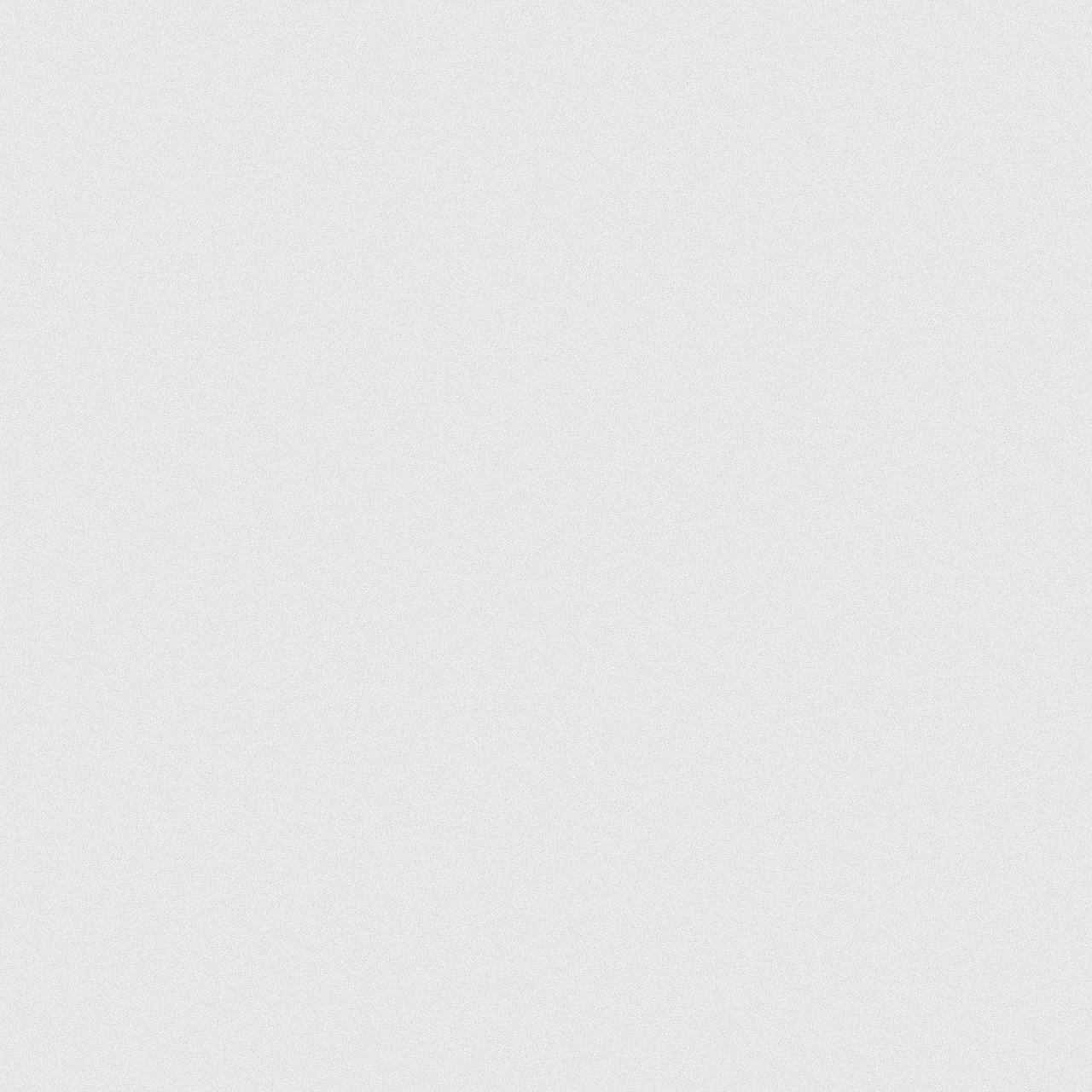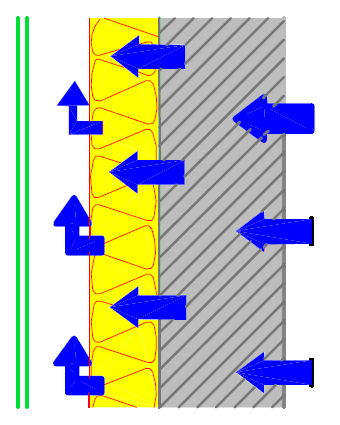
 |  |  |
|---|---|---|
 |  |  |
 |  |  |
 |  |  |
 |  |  |
 |  |  |
 |
Ceramic Facade.
A range of ceramic slabs, designed and developed for exterior facings with the special HYDROTECT® treatment, sunlight triggers a reaction in the bios Self-Cleaning® that reduces airborne pollutants and decomposes the dirt on the tile surface, so it can be washed away by rainwater due to its super-hydrophilic ceramic surface.

Ventilated Facades
“Ventilated facades” are so named because of the creation of an air
space outside the load-bearing wall of a building. This is obtained by
constructing a curtain wall some distance in front of the load-bearing
wall itself. One of the advantages of this curtain wall is the protection
it provides to the building from atmospheric agents without any
thermal transfer to the building structure. This can reduce the volume
of perimeter air-conditioning required, guaranteeing energy savings
on heating and cooling. The natural ventilation produced by a
chimney effect together with the spaces in the external cladding allow
the removal of heat and humidity away from the building structure.
An open joint system, with integrated waterproofing treatment to the
structural wall behind it, can also be referred to as a rain-screen.
The Italian manufacturer Floor Gres says the technical characteristics of
the curtain-type ventilated facade depend on the following parameters:
1. Operating loads: they are the weight of the elements themselves
(uprights and transverse metal framework), the permanent overloads
(porcelain stoneware tiles or sheets) and the accidental overloads
(wind and movement of the structure).
2. Movement and deformation caused by wind thrust, the static load,
seismic movement, thermal expansion.
3. Thermal expansions: in modern buildings where the inside
temperature remains constant, outside there are fluctuations of up to
50˚C (this is one reason why cladding not directly attached to the
wall is considered beneficial).
4. Water tightness and removal of condensation. By adopting open
joints, the condensation is removed, thanks to the natural ventilation
and to the chimney effect, making this system better than sealed joints.
5. Thermal insulation; the transmission of heat is carried out by
conduction, convection and radiation; the curtain wall deadens this
transmission by carrying out an “umbrella effect”. The insulation may
be improved by using materials such as impermeable foam
polystyrene, fireproof polystyrene or impermeable mineral fibre.
6. Soundproofing; soundproofing is strictly connected with the
materials used in the construction of the structure. Insulating panels
and correct insertion of the shock absorbers in the brackets of the
curtain wall structure improve the building’s soundproofing.
7. Fire resistance: porcelain stoneware is fireproof, class 0.
Ventilated facades are of growing interest throughout the world as
environmental legislation, energy costs and ongoing maintenance
costs are taken into account. The porcelain stoneware tiles or panels
used in ventilated tile facades are all light-fast, UV and frost resistant.
They also offer the following advantages over ceramic cladding stuck
directly onto the building:
-
Reduced risk of cracking and separation from the building
-
Ease of installation
-
Ease of maintenance
-
Can be self-cleaning
-
The ability to gain access to each individual tile or slab
Literature:http://www.infotile.com
-
Energy saving:a ventilated facade provides noise insulation, low heat dispersion in cold periods and low heat absorption in hot months.
-
Healthier environment: a ventilated facade prevents thermal bridges, favours the dispersion of humidity present in the building and guarantees excellent noise insulation.
-
Unaltered technical and aesthetic performances:the colours of the slabs remain unaltered over time and the surfaces do not absorb dust or dirt.
-
Protection from water:a ventilated facade stops rainwater and ice from entering the walls thus reducing decay and relevant maintenance costs.
-
Ideal for renovation work: a ventilated facade can be applied over existing plaster without the need for restoration work.
-
Self-Cleaning:thanks to the technologically advanced HY-PRO24 and the super-hydrophilic action*

The ArGeTon® brick façade panels
Two individual panels of fired clay with top, bottom and drip notches are combined with connectors into a single ArGeTon® brick panel. They are available in the colours: Salmon pastel, Tuscan red, natural red, red-brown, light grey, platinum grey, iron grey, volcano grey, sand, Sahara, apricot - beige, glacier blue, pearlwhite and many others on request. The axis length of the panel width ranges from 300 to 1500 mm, the axis length of the panel height from 150 to 500 mm with a panel thickness of 30 mm.
Advantages of ArGeTon® brick façade panels
-
Lasting, light-resistant colour
-
Frost-resistant
-
Resistant to aggressive substance
-
No blooming effects
-
Satisfies roofing regulations
-
Deformation-resistant
-
Non-flammable
-
Can be combined with insulation
-
low water absorption
-
maintaining heat - thermal insulation material
-
wide selection of colours, dimensions and exterior decorations
-
high resistance against weather conditions and endurance
-
combinable with other materials
-
quick mounting
-
no additional maintenance and cleaning costs - cleaned by the rain

Aluminium Facades
Aluminium "sandwich" facade panels are used for exterior curtain walling or for interior use and decoration of walls and ceilings. The panels are composed of several layers of synthetic materials and aluminium. The core of the panel is non-toxic polyethylene compressed between two layers of aluminium. The panels are coated with multi-layer protective films protecting the facade against external impacts such as: UV radiation, acid rain, industrial pollution and various alkali substances.Facade panels are mechanically and chemically treated under high pressures. The formats of the panels vary according to their intended purpose; they are available in dimensions of up to 2000x5000 mm and maximum thickness of 6mm.
Advantages of aluminium facade panels:
-
exceptional strength in relation to the weight of the panels/material,
-
great strength, easy treatment: cutting, drilling, bonding, quick assembly,
-
resistance against weather conditions and environmental impacts,
-
easy maintenance - can be cleaned by using water and soap,
-
panel versatility - exterior/interior use, in adaptation or new construction*

Glass facades
Glass facades are made of high quality materials resistant against weather conditions, as the facade is the most exposed part of the building. We manufacture different types of glass facades: structural and semi-structural facades as well as facades with visible profiles. Glazing can be done with single pane or insulation glass, safety tempered or laminated glass.**
